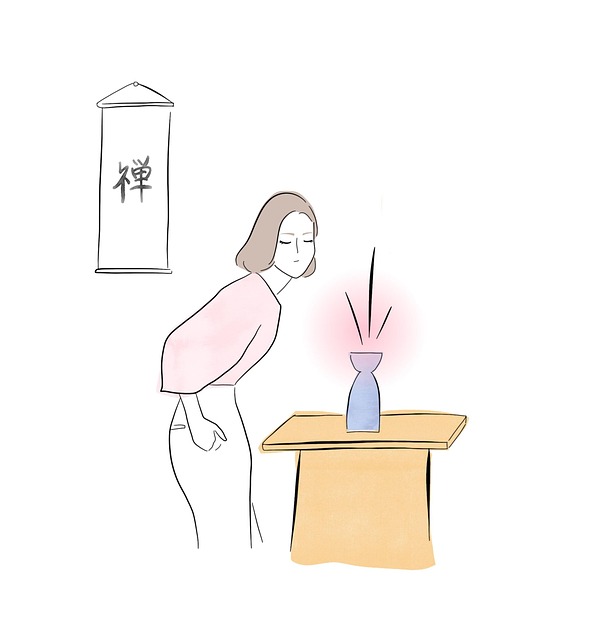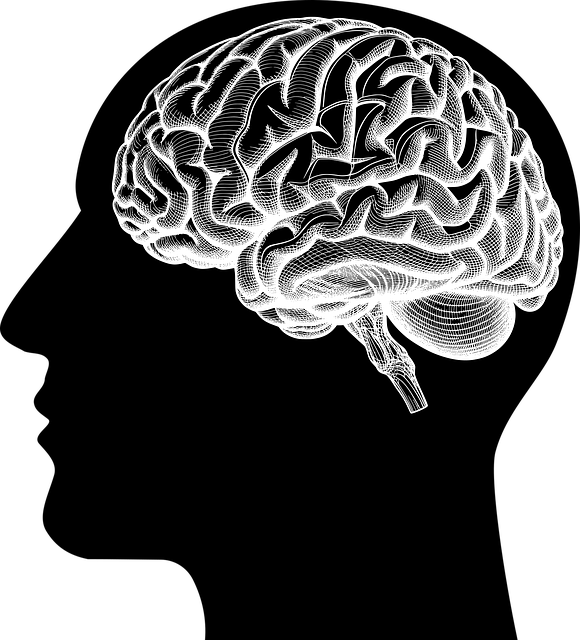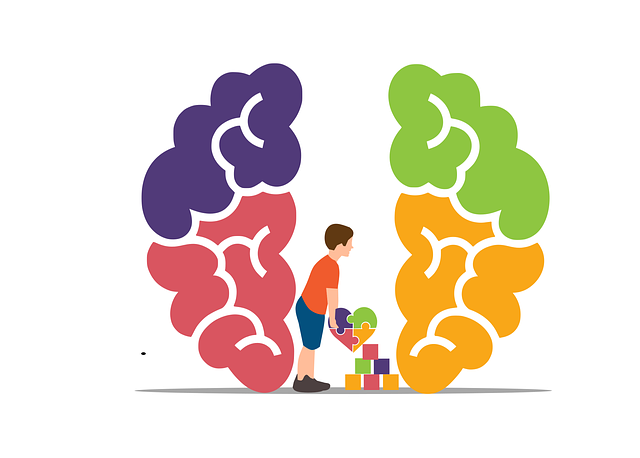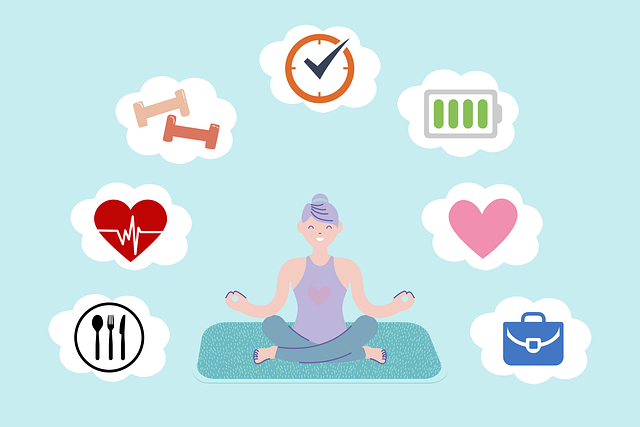Wheat Ridge Biofeedback Therapy promotes holistic mental wellness through evidence-based techniques integrated into self-care routines, such as journaling. Journaling offers a safe space for individuals to explore thoughts and emotions, facilitating personal growth, self-awareness, and emotional well-being. Combining biofeedback with reflective journaling enhances self-care for both individuals and healthcare professionals, supporting trauma healing and stress reduction while improving patient care and job satisfaction.
Mental wellness journaling is an empowering practice that can significantly improve your overall well-being. This article guides you through a comprehensive approach, starting by understanding mental wellness and its profound impact on daily life. We explore how journaling acts as a therapeutic tool, offering a safe space for reflection and self-expression. Learn to create a personalized journaling routine and discover the integration of Wheat Ridge Biofeedback Therapy for enhanced mental clarity and stress reduction.
- Understanding Mental Wellness and Its Impact
- Journaling as a Therapeutic Tool
- Creating Your Personalized Journaling Practice
- Integrating Wheat Ridge Biofeedback Therapy
Understanding Mental Wellness and Its Impact

Mental wellness is a crucial aspect of overall health and well-being, encompassing our emotional, psychological, and social state. It affects how we think, feel, and act in daily life, impacting our ability to cope with stress, make choices, and relate to others. Understanding mental wellness involves recognizing that it’s not merely the absence of mental illness but a dynamic process influenced by various factors, including life experiences, relationships, and self-care practices.
Wheat Ridge Biofeedback Therapy offers valuable insights into managing and enhancing mental wellness through evidence-based techniques like Mind Over Matter principles. By integrating these principles into a consistent Self-Care Routine Development for Better Mental Health, individuals can promote Emotional Well-being Promotion Techniques. This holistic approach encourages active participation in one’s journey towards mental resilience and overall well-being.
Journaling as a Therapeutic Tool

Journaling has emerged as a powerful therapeutic tool, offering individuals a safe and private space to explore their thoughts and emotions. It’s an effective practice that encourages self-reflection and introspection, which are essential components of mental wellness maintenance. By putting pen to paper (or fingers to keyboard), people can gain valuable insights into their psychological states, helping them understand their triggers, patterns, and overall well-being. This process facilitates personal growth, boosts self-awareness, and promotes a healthier relationship with one’s mind.
For those seeking holistic healing approaches, such as those offered by Wheat Ridge Biofeedback Therapy, incorporating mental wellness journaling exercises into their routine can be transformative. It provides an outlet for processing complex feelings, especially in the context of Healthcare Provider Cultural Competency Training, ensuring professionals understand the patient’s unique journey. Moreover, Trauma Support Services can benefit from this practice, as it encourages individuals to confront and heal from past traumatic experiences, fostering resilience and emotional restoration.
Creating Your Personalized Journaling Practice

Creating your personalized journaling practice is a powerful way to nurture mental wellness, especially when guided by evidence-based methods like those offered at Wheat Ridge Biofeedback Therapy. Start by setting aside dedicated time each day or week for your journal—a ritualistic moment where you can unplug from external distractions and connect with yourself. Choose a space that feels safe and comfortable, free from interruptions.
Consider incorporating specific prompts tailored to your unique needs. For instance, you might reflect on your emotions using “Today I felt…” statements, explore gratitude through listing three things you’re thankful for, or write freely about past traumas and their impact with the support of trauma-focused resources, such as those provided by Healthcare Provider Cultural Competency Training and Trauma Support Services. The key is to make it a consistent, reflective practice that evolves with your mental wellness journey.
Integrating Wheat Ridge Biofeedback Therapy

Integrating Wheat Ridge Biofeedback Therapy into your mental wellness journaling practice can significantly enhance self-awareness and stress reduction. This therapy technique utilizes biofeedback to teach individuals how to consciously regulate their physiological responses, such as heart rate and muscle tension. By incorporating these insights into your journal entries, you can gain deeper understanding of your emotional triggers and develop more effective coping strategies.
For healthcare providers, who often face high-stress environments, Wheat Ridge Biofeedback Therapy serves as a valuable burnout prevention strategy. Regular practice allows them to cultivate a sense of calm and resilience, thereby improving their ability to manage patient care while maintaining their mental wellness. By combining this therapy with reflective journaling, healthcare providers can unlock enhanced self-care routines that contribute to both professional satisfaction and overall well-being.
Mental wellness journaling, combined with evidence-based practices like Wheat Ridge Biofeedback Therapy, offers a powerful means to enhance self-awareness and promote healing. By integrating these tools into your routine, you can create a personalized path towards better mental health and well-being. Remember, consistent reflection and engagement in therapeutic activities are key to unlocking the benefits of journaling and achieving long-lasting positive changes.









